The traditional process of a major urban project –from the detection of the problem, until the solution is effectively built, often involves high investment in infrastructure– requires many years of coordination, management and investment. Thus, be a lost opportunity in the search for a better quality of life for constituents. Guatemala City has led an effort to establish initiatives that respond to that timeframe, which can be a virtuous and transformative time for the communities and the final project in question. This practice has been part of the City's urban plan to achieve a more compact city by 2050.
Over the past two years, we have proactively incorporated action-oriented approaches into the city-making process of seven strategic locations, known as Opportunity Districts; and ultimately produce real outcomes in public space. Starting with temporary interventions that build on what already exists but always working toward long-term and permanent solutions. Such as a Public Market to provide better food access in the predominantly industrial Viadoce District, a Touristic Bike Route that highlights the archeological site of Kaminaljuyu in SIETE-11 District; and the creation of a flexible and well-programmed public space in underutilized streets to improve the local economy of Tivoli District.
The iterative process or Pilots for these ambitious urban projects allows us to use the city as an explorative laboratory, by using the “Lighter, Quicker Cheaper” approach. In Viadoce we’re implementing temporary markets in underutilized plazas and parking lots; in Siete-11 we’re making single-day bike tours and site visits to Kaminaljuyu, in Tivoli we´re having a series of outdoor food festival with local restaurants and improved the street with benches and extended sidewalks.
Community outreach is key for these pilots. It's been important to work closely with different groups on these efforts, since it ensures they will be stewards and champions of the projects in each Opportunity District. In Tivoli we worked with neighborhood associations and restaurant owners to identify streets that could be temporarily closed for the Gastronomic Festivals. In SIETE-11, working with archaeologists has proven beneficial, and provided a better understanding on how to create greater access to an archeological site for mayans and tourists. In Viadoce, we´ve given small businesses, entrepreneurs and local food industries a seat at the table to establish a vendor network
In Víadoce, the pilot seeks to benefit 12,000+ residents and invite an array of local farmers and businesses to consolidate the temporary market network over the next year. Allowing us to better understand the ideal programming, design and location for a future Local Market.
Over the next year the pilot in Tivoli aims to solidify the trust between the Municipality, restaurant owners and neighborhood associations; a first step to building community in a predominantly commercial district with few residents. Ultimately steward the sidewalk redesign within the District and converting it into a gastronomic destination in the City.
The pilot in SIETE-11 has caught the interest of private developers and fast tracked its permanent bike route design, connecting the archeological site with a museum and metropolitan park It has shed a light over the importance of allocating more funding to the Kaminaljuyu, considering that many of the visitors during the pilot were first time visitors.

To organically introduce in each Opportunity District these major scale interventions with the community, it's been strategic to build a youthful and vibrant identity for each pilot. This has helped us communicate the vision of each District and Pilot and ultimately helped us find more allies that back each project within the community.
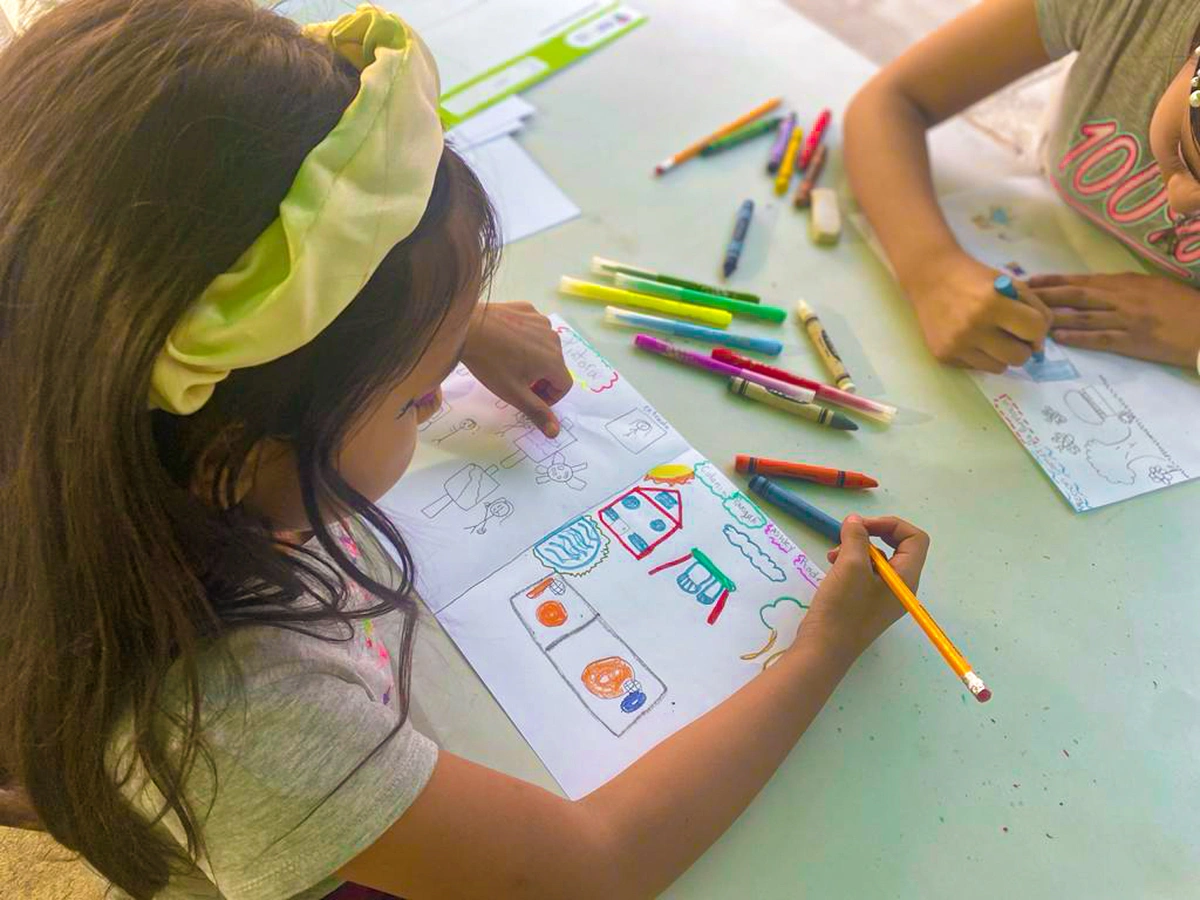
The programming allowed us to have a diverse and inclusive outreach. In all pilots there were food options, workshops, games and other activities that highlighted the multiple advantages each major intervention would bring to the community. Considering that all Pilots will have an impact on our youth, it is important to include them in the planning process and better understand how they currently perceive and want in their neighborhood.
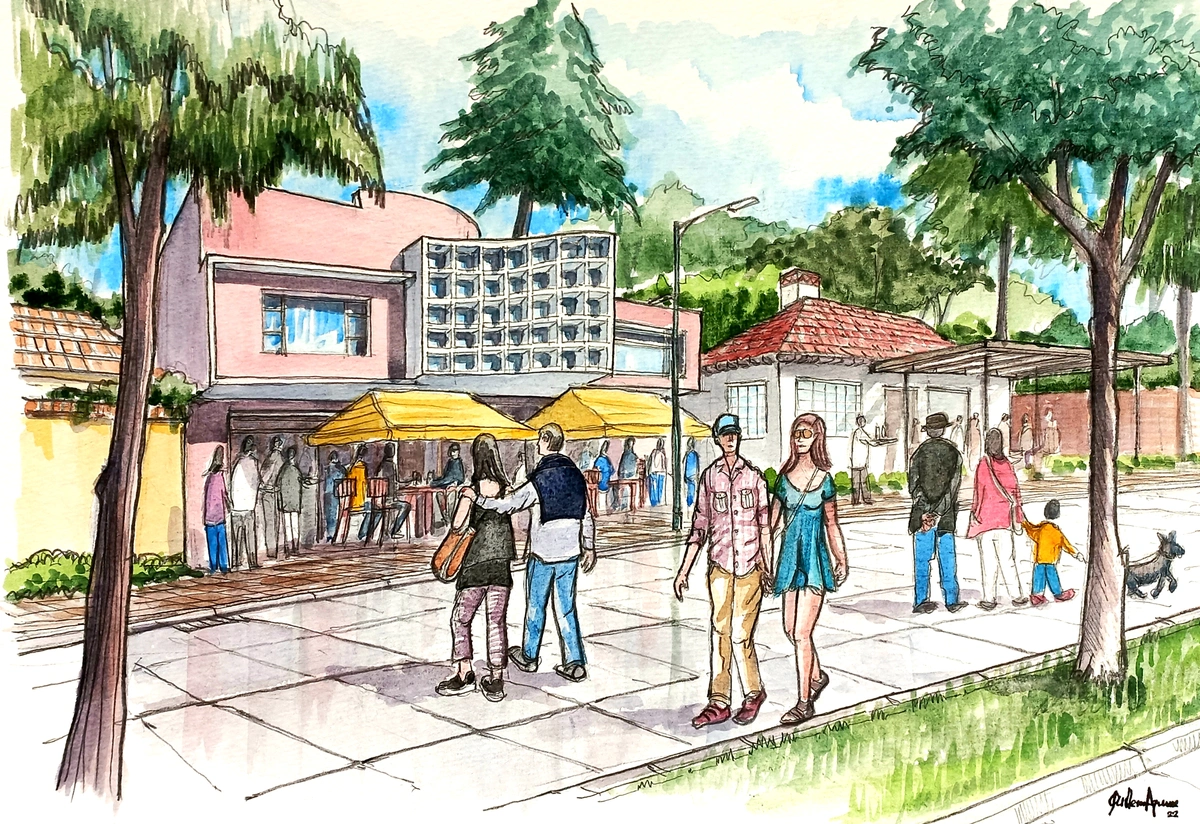
In order to transform Tivoli District -a predominantly commercial with services and office space- into a vibrant neighborhood. We began working with community leaders and business owners to promote the District as a Gastronomic Destination for both workers and the growing residential population. In order to have greater support of this ambitious vision we've begun with a series of Gastronomic Festivals that take place in the street, that for a day reflect the vibrant neighborhood we envision.
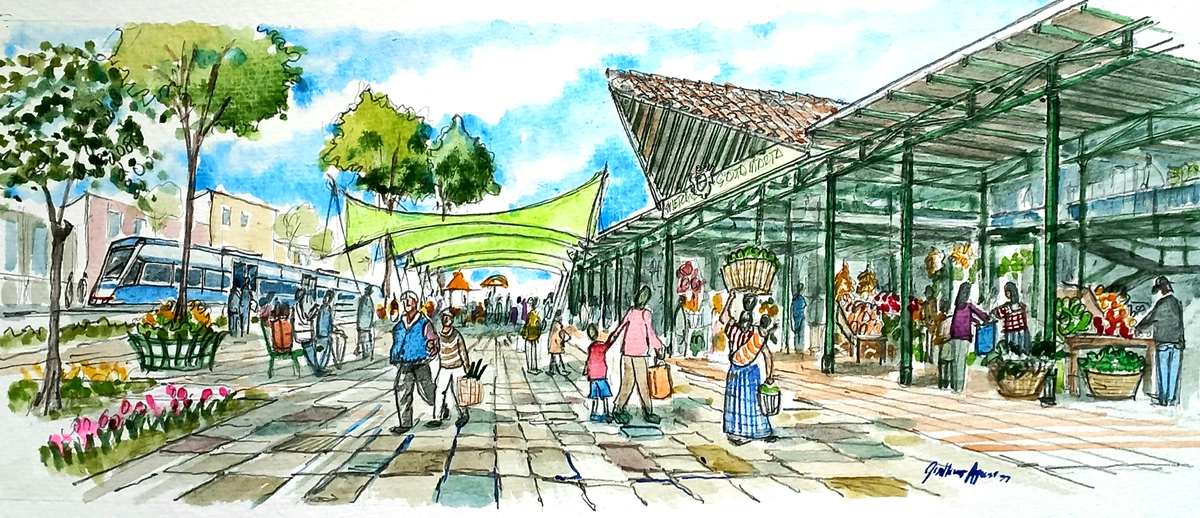
The majority of industry is located in the 6.5km2 that is the Viadoce District, the second largest District in the city. It’s also where long-time neighborhoods and new mix-use developments have learned to coexist. Recognizing that population mix of workers and residents made it important to take careful consideration of the themes and locations the Network Temporary Markets should have, and over time scale-up the format into a Local Market.
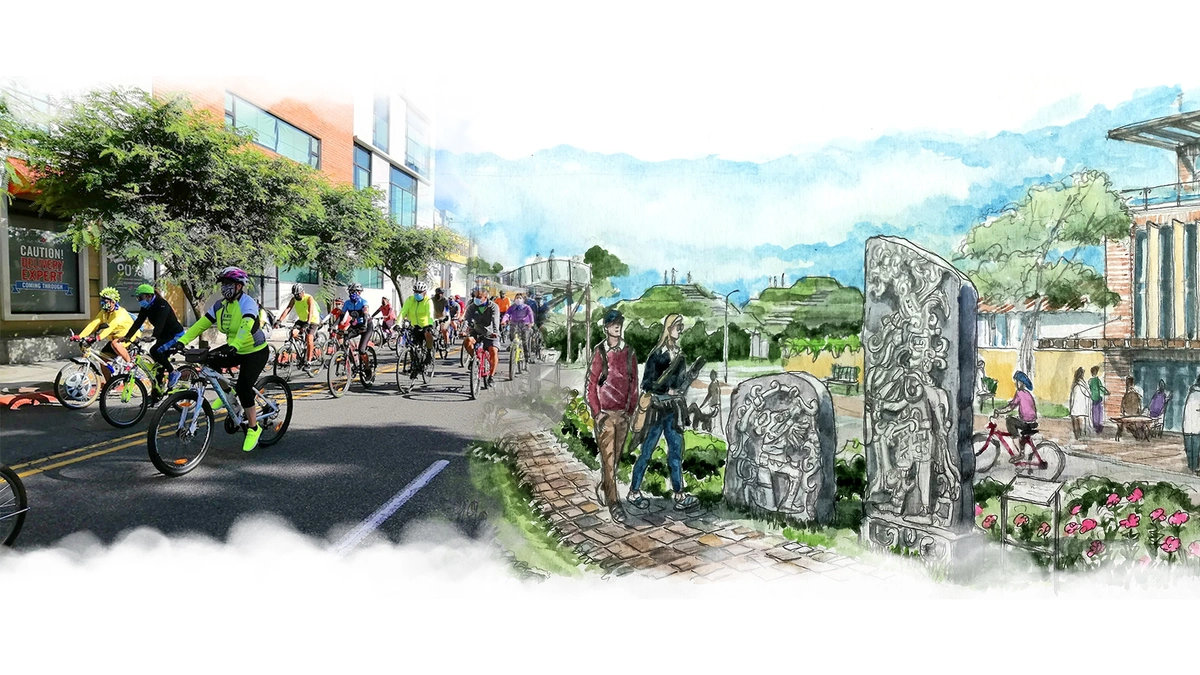
Located within District SIETE-11, is the ancient Mayan city of Kaminaljuyu. In an effort to improve access to this Landmark we’ve worked closely with Central Government and Private Developers to articulate a Historic Bike Route that will connect three key locations: Miraflores Museum, Kaminaljuyu Archeological Site and the Erick Barrondo Park. . The pilot consists of testing bike routes in single-day events that allow neighbors to experience the route from the Museum to Kaminaljuyu.
The objective of the Guatemala City’s Department of Urban Planning (DUP) is to promote the adequate and efficient use of the territory in the capital city, through the generation of different mechanisms and regulatory instruments for land management, implementation of the land use and formulation of strategic urban plans, based on the compact city model that improves the quality of life of residents and their families.
Since its establishment in 2009 DUP has evolved and grown, assuming a leadership in the city management from the vision of urban planning for action in this contect positively addresses the challenges of equitable and sustainable development with solutions aimed at a strategic response to the challenges of a city that is a center of attraction at the national level by the concentration of economic functions, services and facilities.
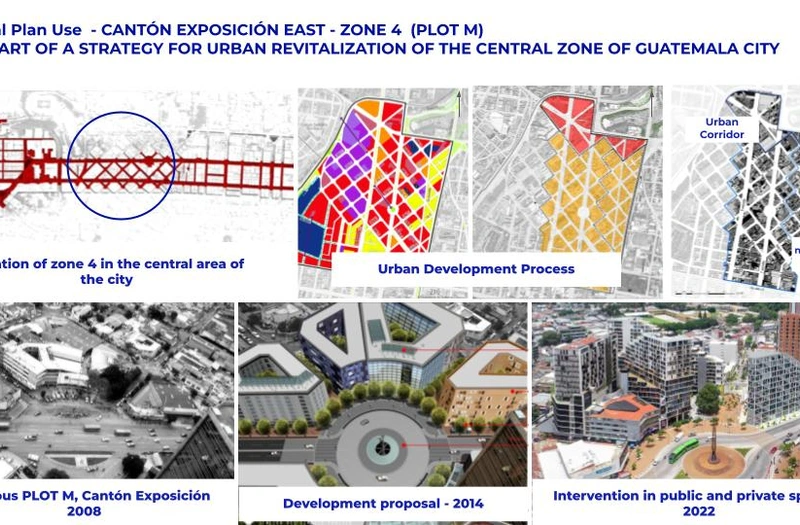
Guatemala City´s Zonal Plan Use
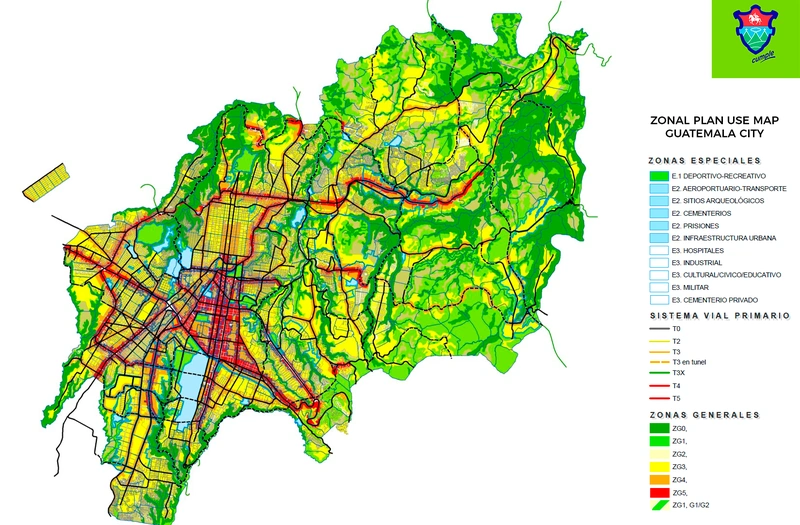
Canton Exposición
